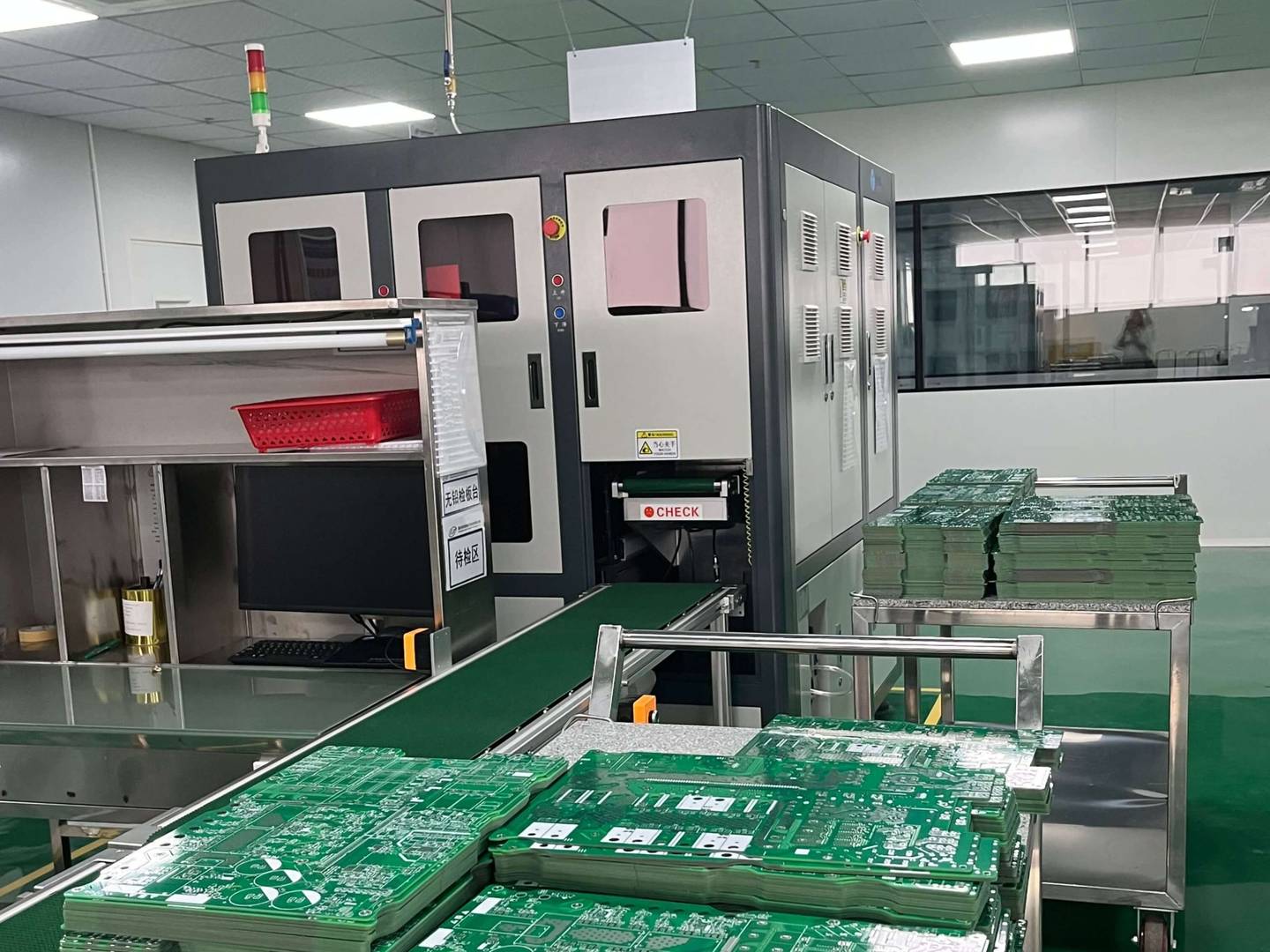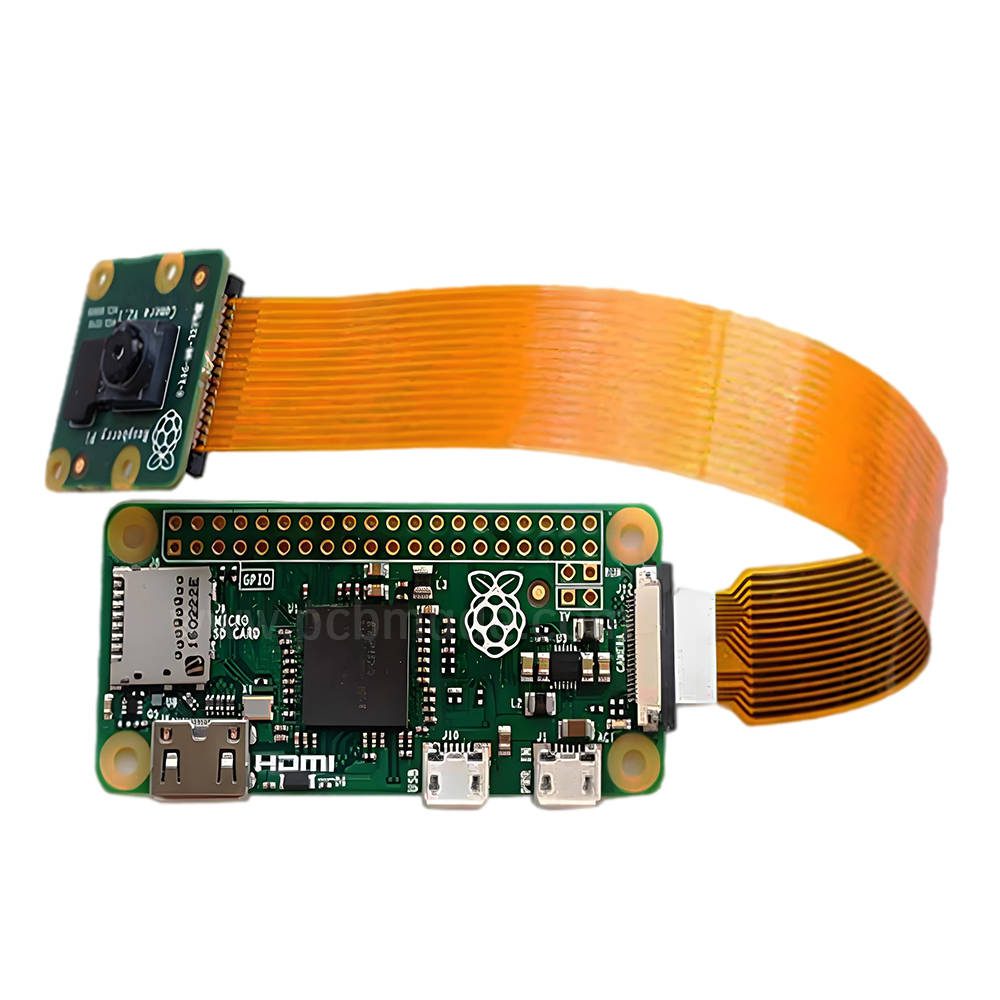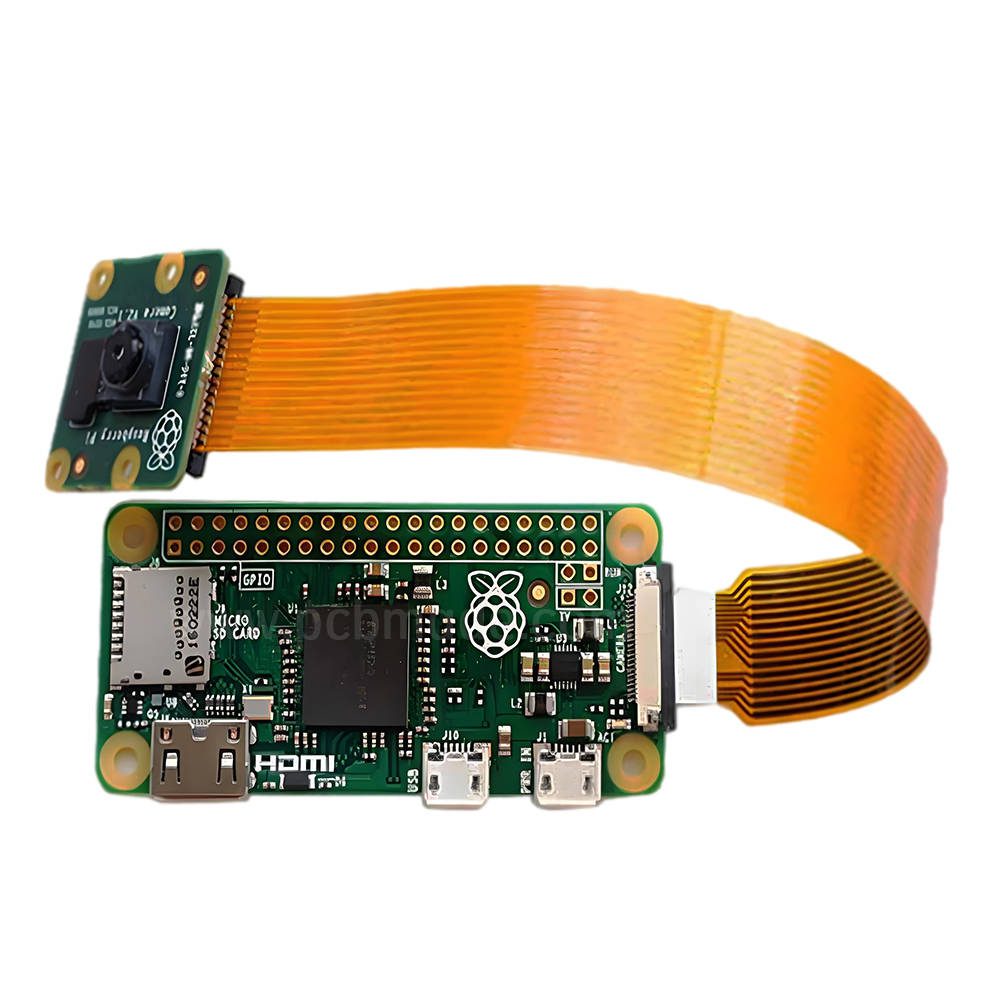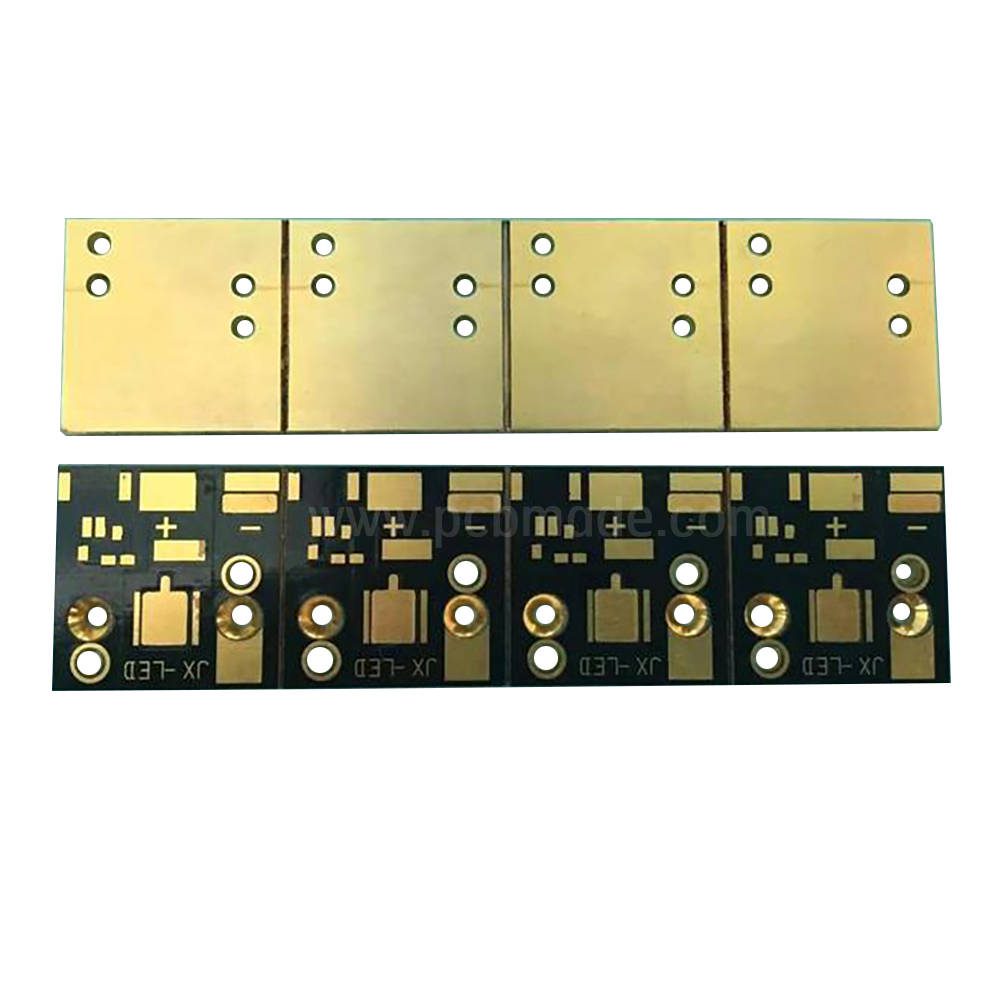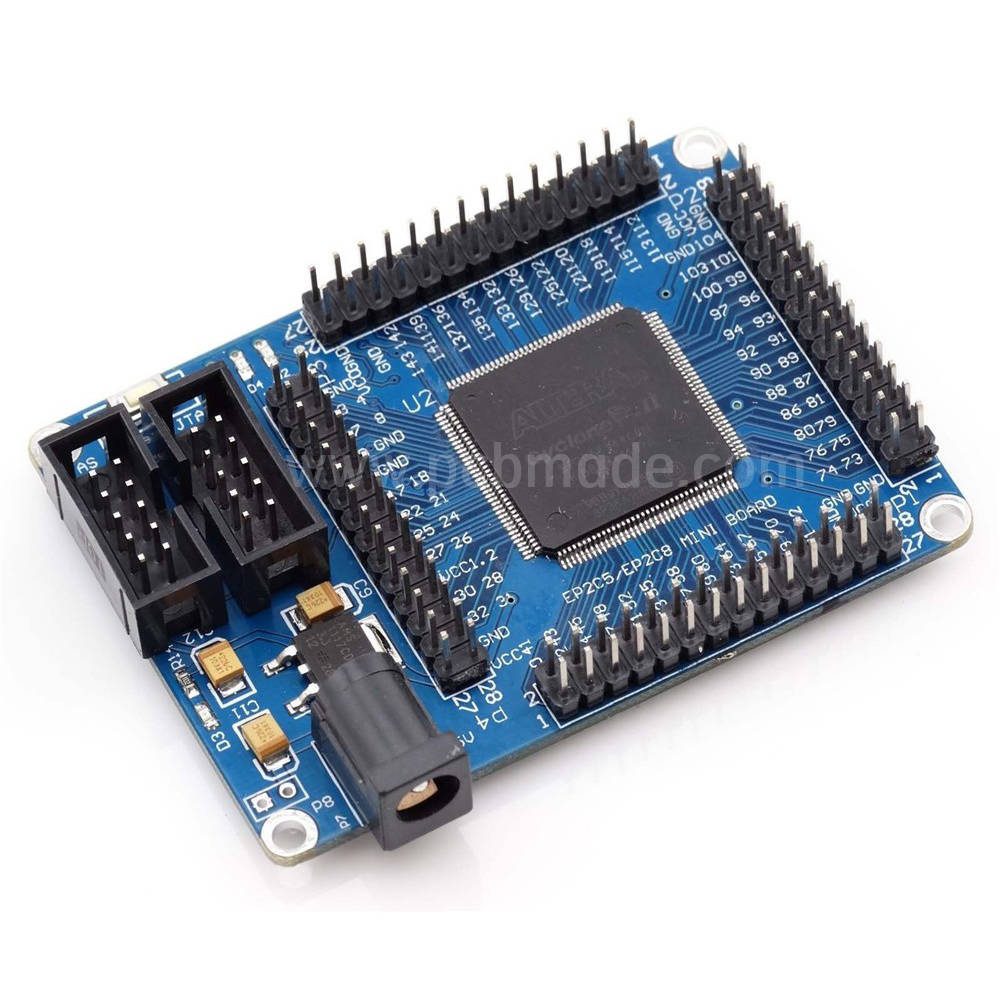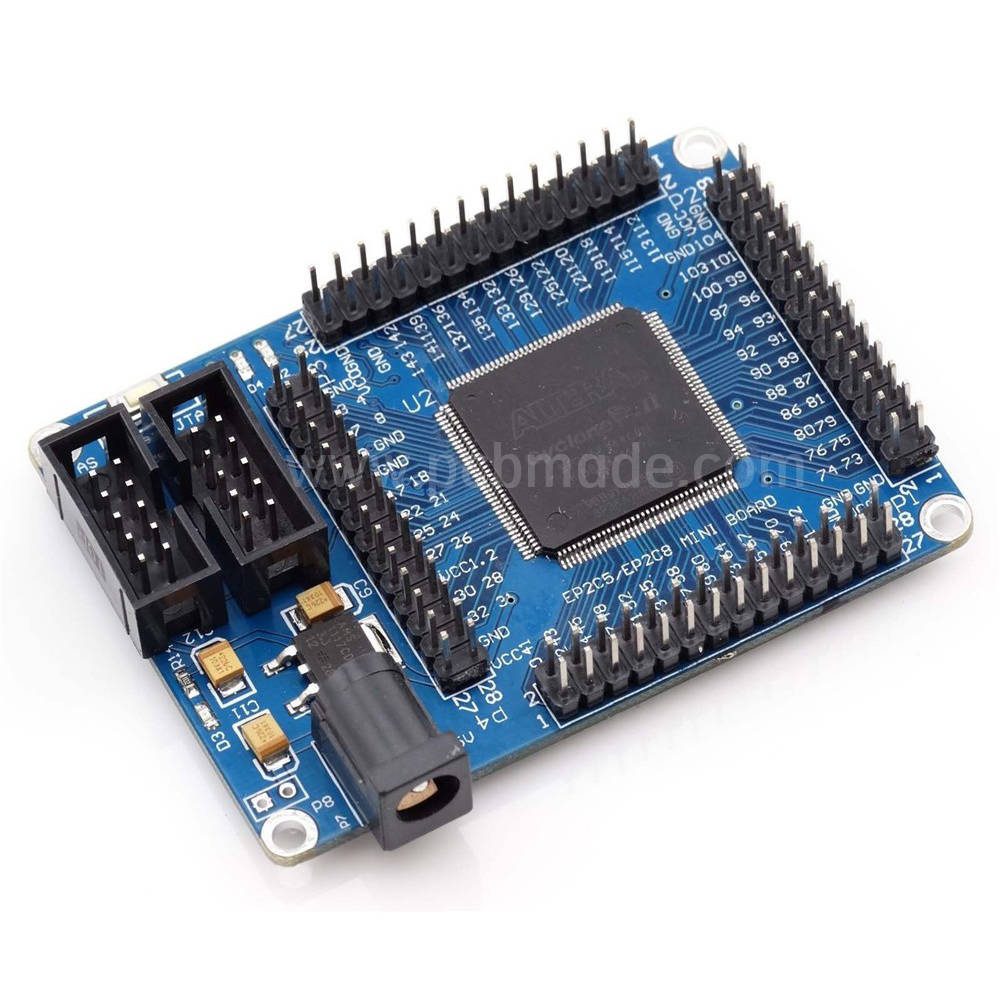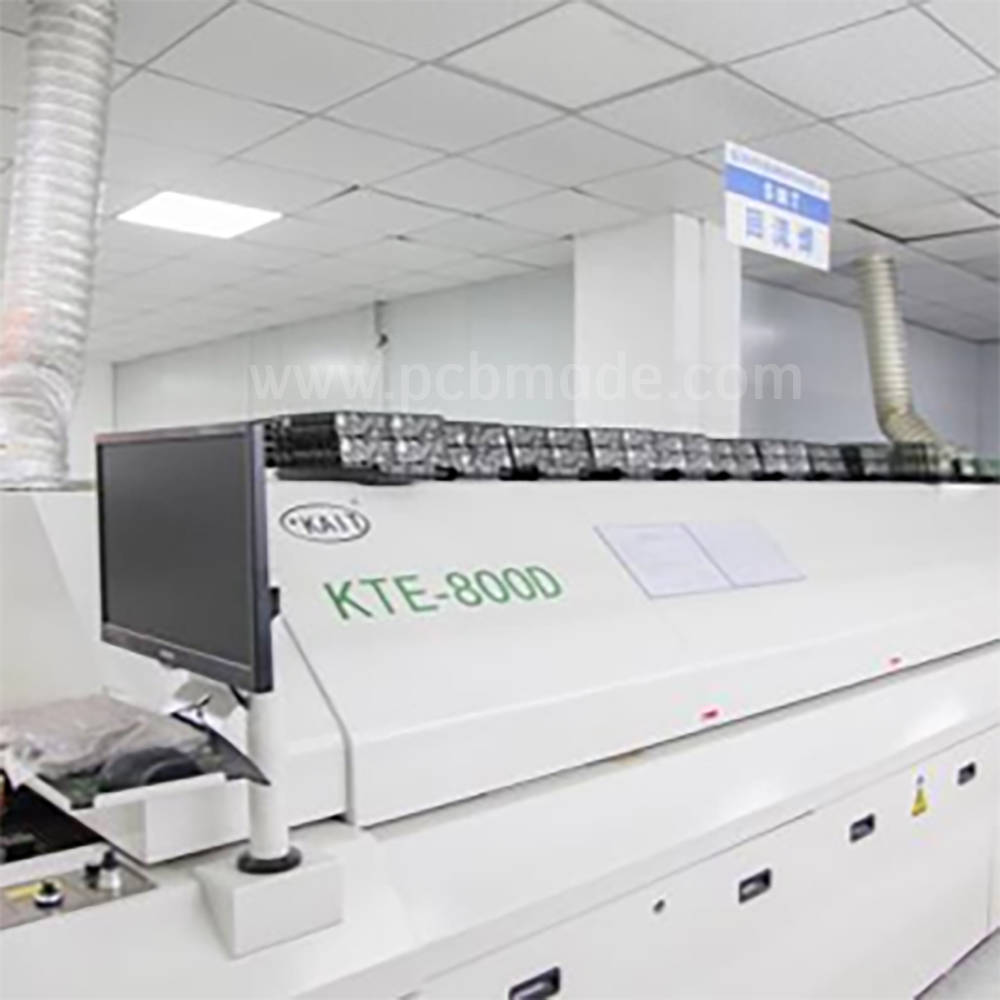The medical device control board is an important component of medical devices, and its functions are mainly reflected in the following aspects:
1、 Control function:
The medical device control board can control the operating status of medical devices by receiving signals from sensors and switches. For example, for a ventilator, the control board can adjust airway pressure and flow rate based on the patient’s breathing condition to ensure normal respiratory function. For infusion pumps, the control board can control the infusion speed based on preset flow rate and dosage, ensuring accurate drug delivery. The control board can also control the on/off status of medical devices, ensuring the safety of operation.
2、 Monitoring function:
The medical device control board can monitor the working status of medical devices and the physiological parameters of patients. By connecting various sensors, the control board can monitor physiological indicators such as blood pressure, heart rate, and body temperature in real time, and transmit the data to monitors or other medical devices for analysis and processing. The monitoring function can help doctors detect abnormal conditions in patients in a timely manner and take corresponding treatment measures.
3、 Adjustment function:
The medical device control board can adjust parameters according to the needs of doctors or patients. Doctors can set the working mode, parameters, and limiting conditions of medical devices through the operation interface such as buttons, knobs, or touch screens on the control panel. For example, for an operating table, the control board can adjust the height, angle, and fixation method of the table to meet the needs of different surgeries. The flexibility of adjusting functions can meet the medical needs in different scenarios.
4、 Maintenance function:
The medical device control board can record the working status and usage of medical devices, and provide corresponding alarms and maintenance prompts. The control board will monitor the parameters such as power, temperature, and power of medical devices. Once any abnormalities are detected, they will be prompted through an alarm or display screen. At the same time, the control board can also record information such as the usage time and frequency of medical devices, so that hospitals can perform equipment maintenance and upkeep. The existence of maintenance functions can extend the service life of medical devices and reduce the risk of malfunctions.
The medical device control board plays a crucial role in medical devices. It can not only achieve precise control and monitoring of instruments, but also adapt to different medical needs and provide effective maintenance functions. Therefore, when developing and selecting medical devices, it is crucial to control the functionality, performance, and quality of the control board to ensure the safe and effective operation of the medical device.


